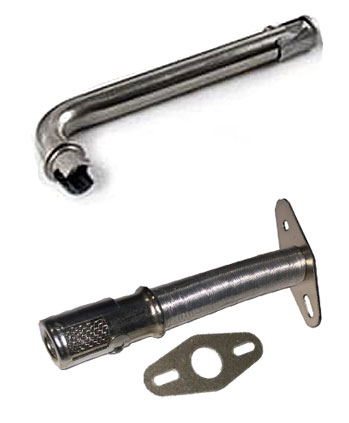Grill Venturi Maintenance
Maintenance 101: Here’s a quick how-to:
- Remove the burner assembly from the grill.
- Check the lower end of the venturi tubes for any critter nests, cobwebs, or wasp mud.
- Grab an accessory flexible venturi brush or bend a small hook on a 20-inch wire.
- Use that brush or wire to clear out any obstructions from the venturi tubes.
- Give the burner a once-over – clean if needed.
- Pop the burner assembly back in the grill.
- Make sure those valve orifices are inside the venturi tubes – venturi tubes slide over the valve nipple and don’t mechanically attach, so it’s a crucial check.
- Secure the burner back in place when done.
Inspect Venturi for rust
Corrosion can be a sneaky villain here. It often starts at the top of the burner, where food acids hang out. If left unchecked, it’ll make its way down under the burner, where the venturis attach, and tend to rust together. That might call for a venturi replacement when you replace your burners.
Adjusting your flame via Venturi Shutters
Flame Check: With the grill lid closed and the cooking surfaces in place, observe the burner’s flame from below the grill bottom and looking through the air supply holes. A good flame would be blue with some yellow tip coming from the burner holes. There should not be an excessive gap between the flame and the burner. Some yellow tips on flames up to 1" in length are acceptable as long as no carbon or soot deposits appear.
Adjusting your Burners flame: Most venturi tubes have movable shutters that can control the air and gas mixture, and thus, the flame. If yours have these, they usually come with a locking screw. Loosen that screw to adjust the shutter. But, keep in mind, some venturi tubes are set at the factory and aren’t adjustable.
If flames are excessively yellow and irregular, the oil residue may not be completely burnt off on a new burner, the venturi tubes may not be properly positioned over the orifice, or the venturi tube Shutters may not be properly adjusted.
To Adjust Shutters:
- Loosen screw to air shutter and close shutter
- Open slowly until flame is free of yellow - Do not open any farther than required
- Shut off gas, let grill cool and tighten adjustment screw
Gas grill Venturi types

Venturi Types: Twist-Lock (top), Flanged (bottom)
Twist-Lock Venturis: Found on some grills, these are designed for easy assembly. Twist them into place for a secure seal. Watch out for corrosion on the locking lips, though. If you spot rust, it’s time for replacements.
Flange Mount Venturis: These are the most common. They attach with screws or nuts and have a gasket for a snug seal. If you see pitting and rust on the flange surface, gas might escape. In that case, think about replacing the venturi.
Just remember, when it comes to your grill’s Venturi Tubes, regular checks and maintenance will keep your adventures sizzling smoothly!
Always refer to your owners manual. The information provided is not intended to take the place of the owners manual that was supplied with your grill. Specific safety, repair and maintenance information varies between grill models and brands.